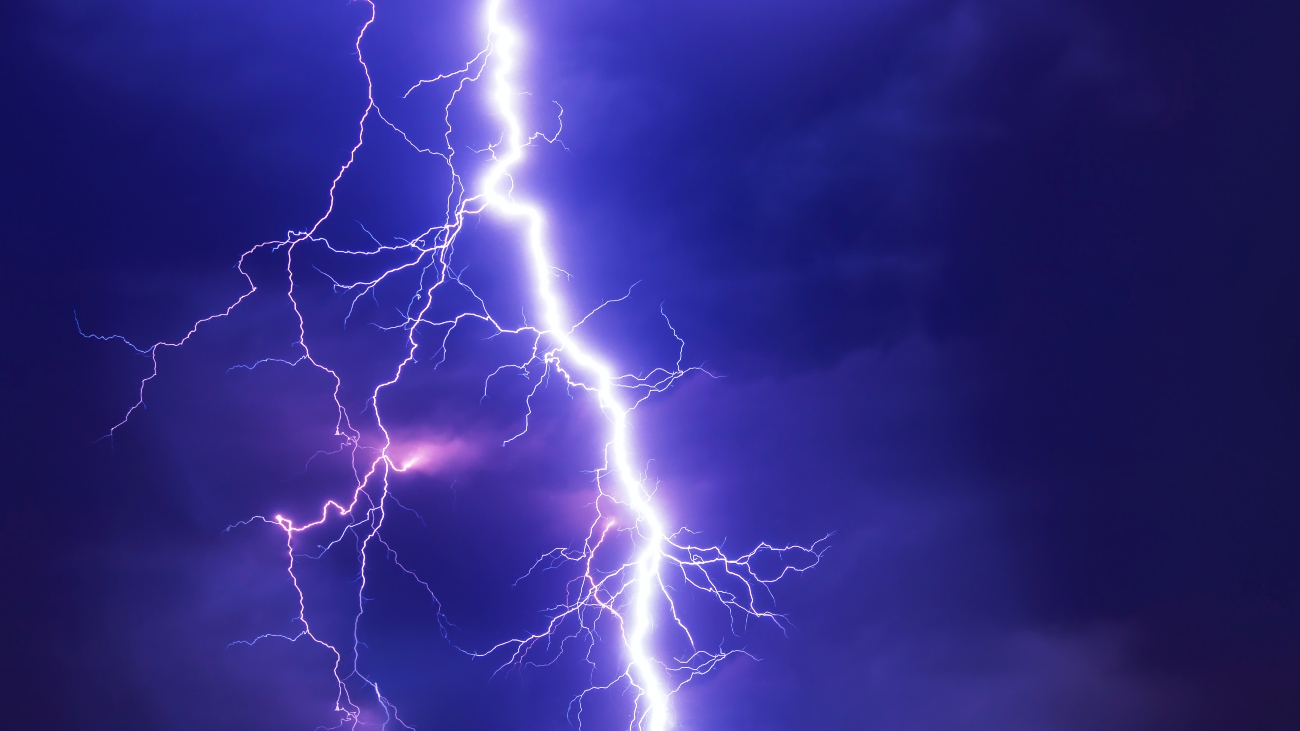
A volcanic eruption near Tonga has produced the most powerful thunderstorm on record
The 2022 Hongga eruption produced the most powerful thunderstorm ever recorded. During the peak period, there were 2,600 flashes per minute.
On January 15, 2022, the Hongga Tonga submarine volcano Hong Haapai erupted near Tonga. It was a volcanic eruption one of the largest ever with modern equipment. And the volcano continues to break records. The volcanic eruption triggered a thunderstorm that produced the most powerful lightning ever recorded, according to a new study by US scientists. Approximately 200,000 lightning bolts flashed in the volcano’s plume during the eruption, and at the peak, more than 2,600 per minute. The researchers write this in the journal Geophysical Research Letters.
Read also:
“I’ve never seen him before”
When a submarine volcano erupted in the South Pacific, it produced a plume of ash, water and magma that rose at least 36 miles (58 kilometers). This towering plume gave scientists useful information about the size of the eruption, but it also prevented the volcano’s vent from showing up on satellite images. This made it difficult to track changes in the eruption.
By combining data from four different sources – which had never been used together before – the scientists were able to “dig” into this column. This gave them an insight into the strange weather that arose. “This eruption resulted in a super powerful thunderstorm like we’ve never seen before,” Alexa Van Eaton, a volcanologist and principal investigator, said in a press release.
Perfect ingredients
The data collected allowed the researchers to track the plume’s lightning flashes. And that turned out to be a lot. The eruption produced just over 192,000 flashes. During their peak peak, they even counted 2,615 flashes per minute. Lightning strikes also reached unprecedented heights, between 20 and 30 kilometers high – usually ‘only’ about 12 kilometers high.
The thunderstorm was created by the release of magma across the shallow ocean. The molten rock caused the sea water to evaporate and lift the shaft. Once cooled in the air, this results in collisions between volcanic ash, cold water, and hailstones: the perfect ingredients for a thunderstorm.
scoop
The eruption of Henghe was a so-called phreatomagmatic eruption. This is a volcanic eruption in which magma comes into contact with ground or surface water. The rapid evaporation of water causes a massive explosion. The 2022 eruption was the first volcanic eruption that volcanologists have been able to measure using modern equipment. Previously, the existence of these eruptions could only be inferred from geological traces that formed many years ago.
airline
The lightning also provided insight into the duration and behavior of the explosion. For example, the eruption lasted much longer than the two hours observed previously. There were four peaks of lightning intensity over the course of eleven hours. And according to the researchers, these are related to volcanic activity. “Because the vent of the volcano was not visible on the satellite imagery, this information could only be obtained from the lightning data,” says Van Eaton.
According to the researchers, the study of thunderstorms is a good addition to existing measurement techniques. The additional information could be used, for example, to warn aviation in good time about the development of a volcanic plume.
In the video below, lightning bolts can be seen as blue dots in the volcano’s plume.
sources: Geophysical Research LettersAnd aGUAnd New Atlas
Opening image: Felix Mittermeier/Unsplash

“Web maven. Infuriatingly humble beer geek. Bacon fanatic. Typical creator. Music expert.”
